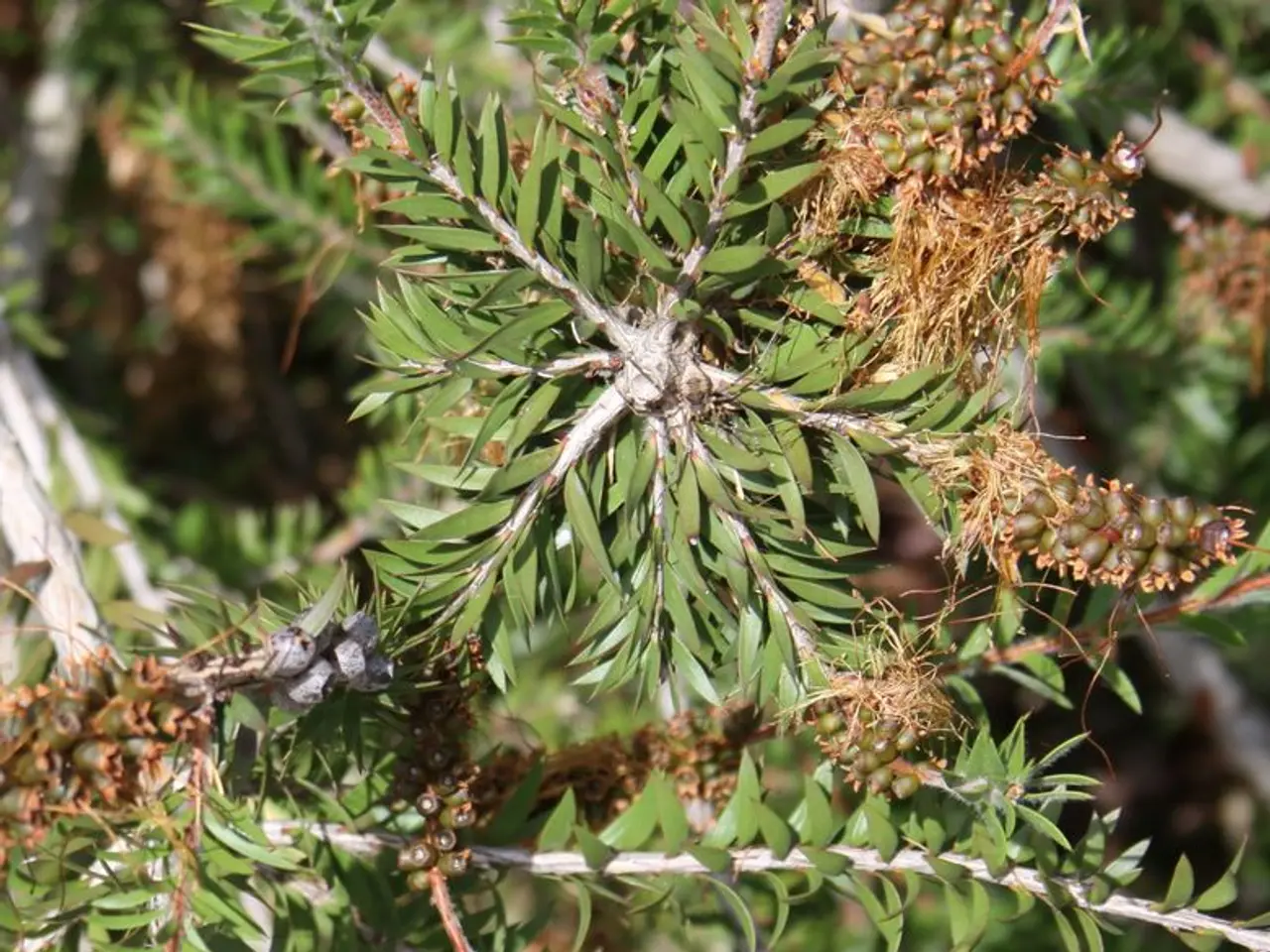Top Tropical Fruits for Your Yard: Discover 8 Uncommon Fruits to Cultivate in Your Backyard Garden
Subtropical Fruits Thrive in Home Gardens
Growing subtropical fruits in your home garden can be a rewarding and delicious experience. Here are some popular subtropical fruits that thrive under the right conditions, along with some tips for their care.
Avocado Avocado plants are self-pollinating and can produce fruit quickly, but they require thinning and extra support as they mature. Avocado trees can grow in USDA zones 9-11, including backyards or large containers, in regions with mild temperatures.
Lemon Lemon trees are popular among home gardeners, with new dwarf varieties making them suitable for container growth. Lemon trees are suitable for subtropical climates, but they require protection from frost, except in the warmest of climates. Popular lemon varieties for the home garden include Eureka, Meyer, and Ponderosa.
Banana Bananas grow best in gardens that remain above 60 F (15 C) throughout the year, but may be damaged by cooler temperatures. Banana plants can be grown in containers and moved to a sheltered location to protect them from sudden weather changes.
Pomegranate Pomegranates are among the most hardy subtropical fruits available to home growers, with some cultivars showing tolerance down to USDA zone 8. Pomegranate plants are prone to damage at lower temperatures, but many varieties have survived dips as low as 10 F (-12 C). Pomegranates add value to the ornamental landscape with their attractive foliage and flowers.
Pineapple Pineapples are well-adapted to container culture and thrive in large pots. Pineapple plants can be protected from freezing temperatures with the use of mulches, frost blankets, and greenhouses. The fruiting period of pineapples is 16-24 months, and they require soil that drains well and is slightly acidic.
Grapefruit Grapefruit plants are hardy to USDA zone 9 and perform better when near a structure or facing south. Grapefruit plants are well-suited for subtropical climates with warm day and nighttime temperatures. Rich, well-draining soil is essential for grapefruit tree health.
Guava Guava trees grow best in subtropical regions free of frost throughout the year. Most guava trees are grown from seed and require at least 3-4 years before bearing fruit.
Mango Mango trees are hardy to USDA zones 9-11 and require frost-free climates for successful growth. Mango plants may be harmed by temperatures dipping below 30 F (-1 C) and consistent low temperatures can damage their buds. Mango trees can be grown in containers and moved to a sheltered location to protect them from sudden weather changes.
Research institutions such as the Hochschule Geisenheim and projects focused on sustainable and climate-resilient fruit cultivation exist in Germany, indicating academic and practical efforts in similar areas. However, there are no specific well-known subtropical gardeners in Germany who have documented the best experiences with growing and caring for subtropical fruits.
In conclusion, growing subtropical fruits in your home garden can be a rewarding experience, with a variety of fruits to choose from and tips available for their care. With the right conditions, you can enjoy delicious and nutritious fruits right from your backyard.
Read also:
- Peptide YY (PYY): Exploring its Role in Appetite Suppression, Intestinal Health, and Cognitive Links
- Toddler Health: Rotavirus Signs, Origins, and Potential Complications
- Digestive issues and heart discomfort: Root causes and associated health conditions
- House Infernos: Deadly Hazards Surpassing the Flames








